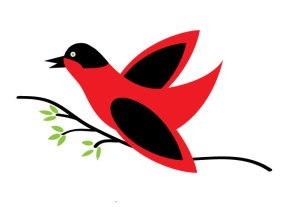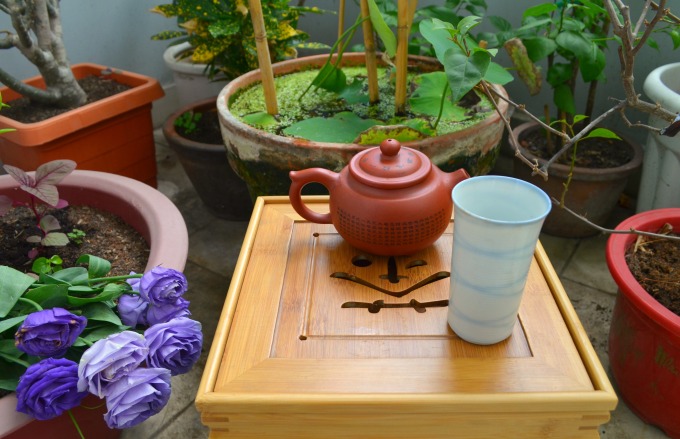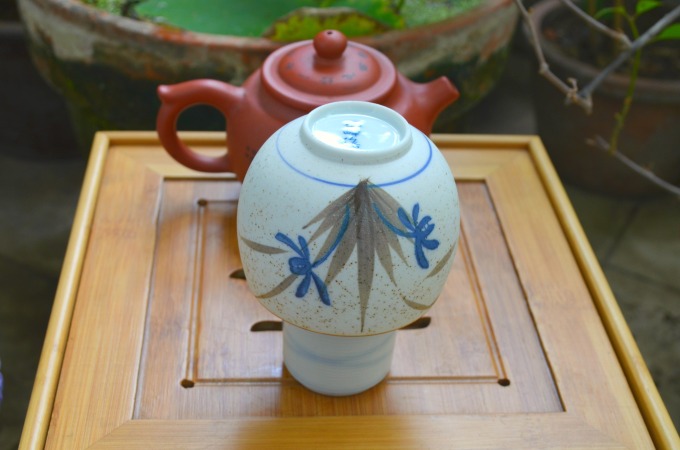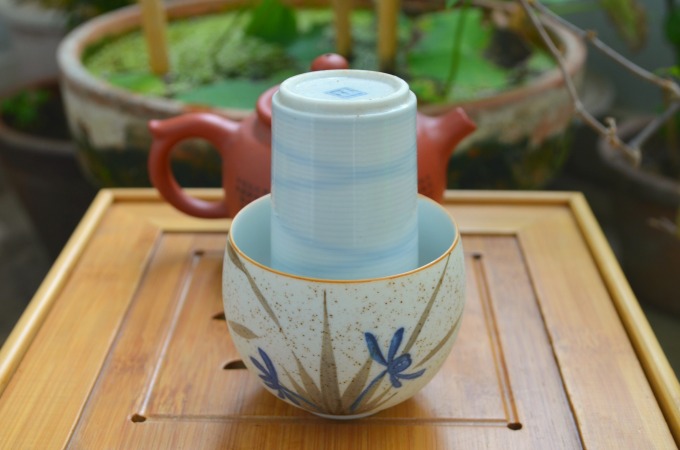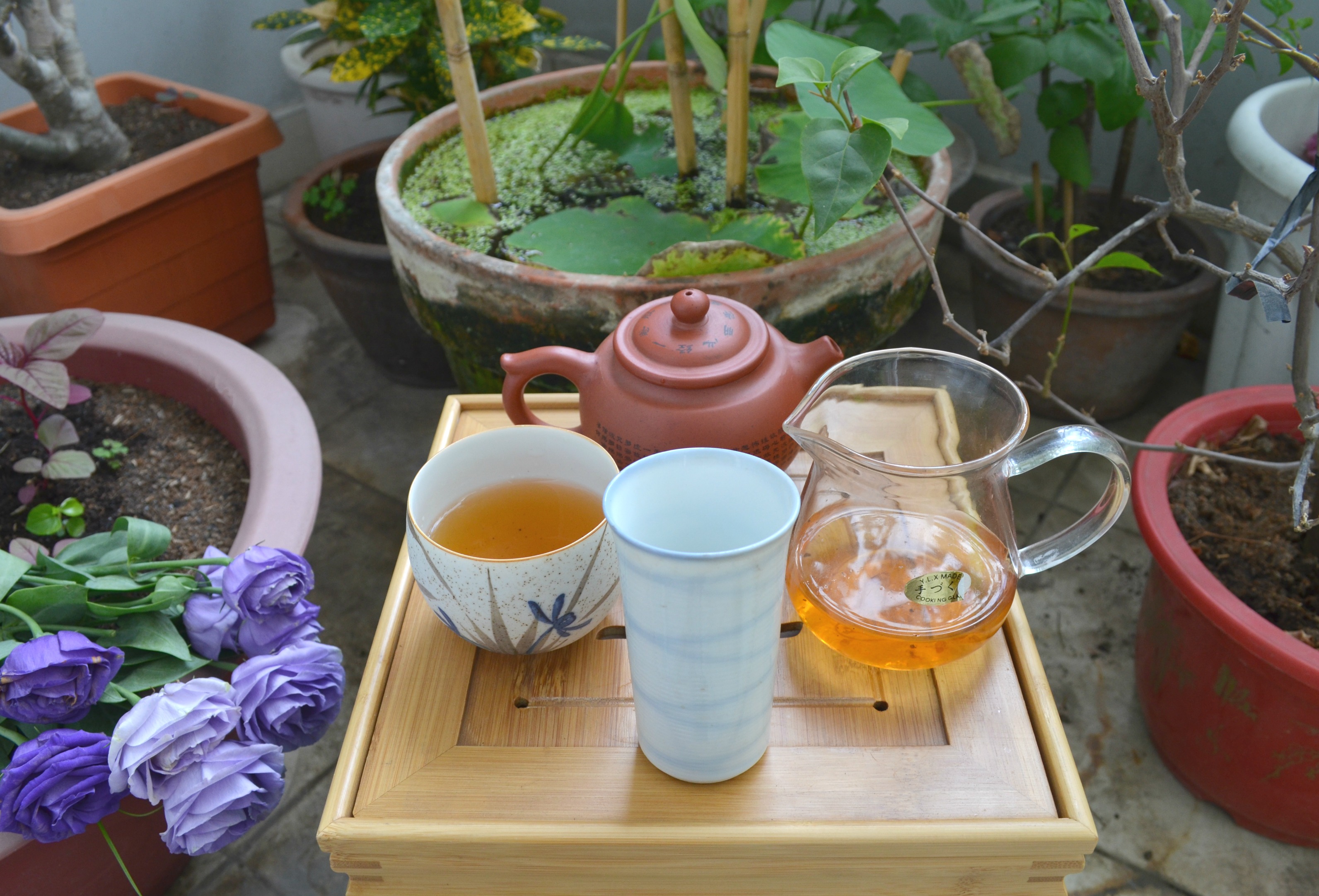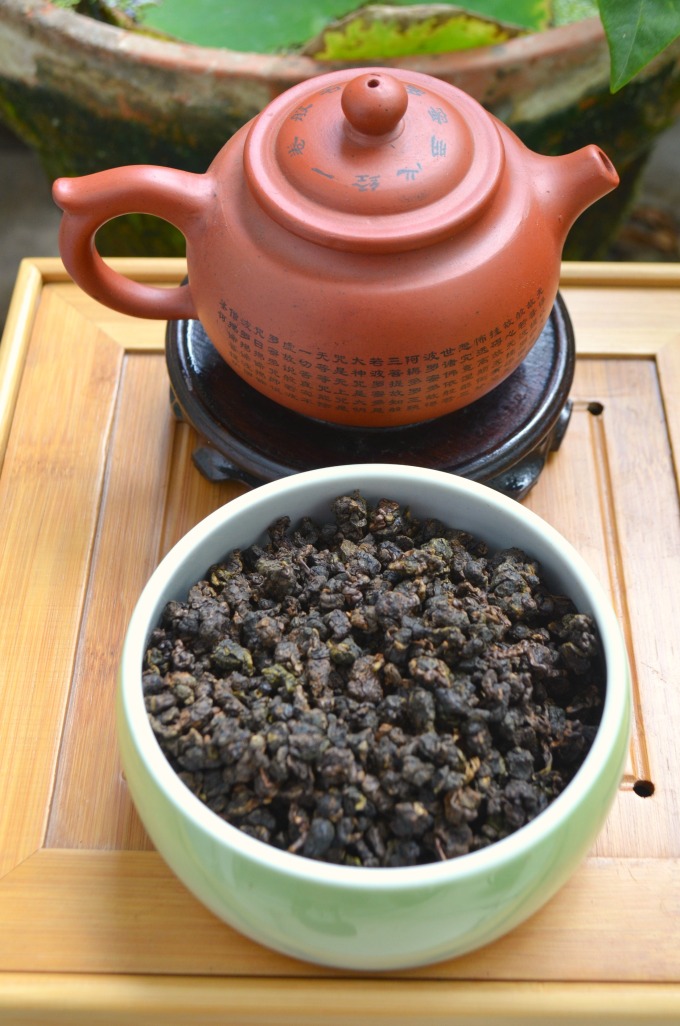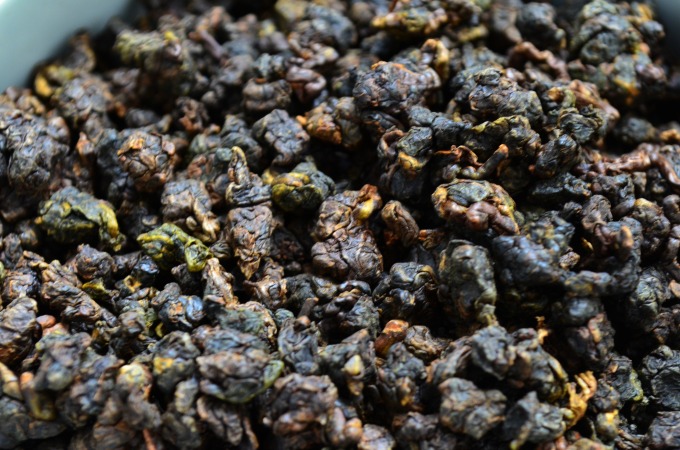Kenroku-en is known as one of the three great gardens of Japan.
It's a 17th century garden once run by Japan's feudal lords in the Samurai era.
Kenroku-en means garden combining six characteristics - all necessary in the ideal garden:
spaciousness, serenity, venerability, scenic views, subtle design, coolness.
There is great beauty to be realised in this garden.
Known as Little Kyoto because of the geisha and old Samurai families that still live here Kanazawa is less visited than other parts of Japan. It is 400 kilometres from Tokyo and is very different. The city lies on the far side of the Japanese Alps by the sea of Japan. There were some western visitors when I was there in the springtime but only a handful. Most of Japan away from Tokyo and Kyoto felt like this. Quiet, relaxing, self-contained.
Where you kind of had the town to yourself.
Please visit Singing Bird Tea for a small range of Vietnamese made teas including Oolongs, green, black, flower and wild tree white, green and black teas.
The Japanese are partial to drinking tea in parks. This was the botanical garden in Kanazawa, my third experience of drinking tea in a park in Japan.
Gyokusenen tea house, Kanazawa.
This to me is an excellent habit. Pared down 'takes' on the tea ceremony are presented to all visitors for a small (for Japan) fee.
When you hand in your ticket and enter the pavillion a woman in traditional dress serves you a sencha tea and a small sweet. She assumes the kneeling position. Following the protocol you yourself are already kneeling at this point.
We can see the tatami mats here used in the tea ceremony. Often there is a single potted plant nearby. On the wall is traditional calligraphy demonstrated in the form of hanging scrolls. Usually a scroll is hung in an alcove. A well known saying or epithet relevant to the occasion is written there. The writer of the scroll needs to be virtuous as well as sentient and in possession of sapience. Sometimes the kanji on a scroll in a tea room may refer to harmony, respect, purity and tranquility; the four principles of the tea ceremony.
This made an interesting counterpoint to the local prefect working outside the garden who screamed at me when I put my bicycle in the wrong place. Interesting to note that I was shouted at more times in Japan than anywhere else I have travelled to. Usually this relates to rules. Bikes and shoes were the main thing.
After drinking the green tea, in two sips as I remember, we sat gazing out at the beautifully arranged garden. There was a low murmur of conversation; sometimes silence and the sunshine, the sound of a distant stream, birds singing.
The Japanese prepare their views so that there is nothing ugly to interfere with them.
For the Japanese understanding cannot be gained by words alone. This seems to be the norm in Buddhist countries.
As for the tea itself there was a clear, golden-green infusion. A savory character redolent of seaweed and grass notes. It's a kind of soup. It didn't quite compare to a Kageshima Sencha that, to me so far has no nonpareil in the world of Japanese tea. That said I have drunk more far tea from China, Taiwan and Vietnam than Japan. I enjoyed this tea. The steaming process produces a thickish bright green liquid, compared to thinner continental green teas. Savory, rich and satisfying.
Although the shinkansen from Tokyo is very fast, using the railway through the Alps to the Sea of Japan at Itoigawa turning left on the Hokuriku line is the best way to Kanazawa. This way you have views of snow-capped mountains, rivers and fertile valleys. I met a New Zealander on this trip, this the only non-Japanese person on a journey lasting three days in total. Quite something.
Happy Tea Drinking everyone!
singingbirdtea.com/
Please visit Singing Bird Tea for a small range of Vietnamese made teas including Oolongs, green, black, flower and wild tree white, green and black teas.




















